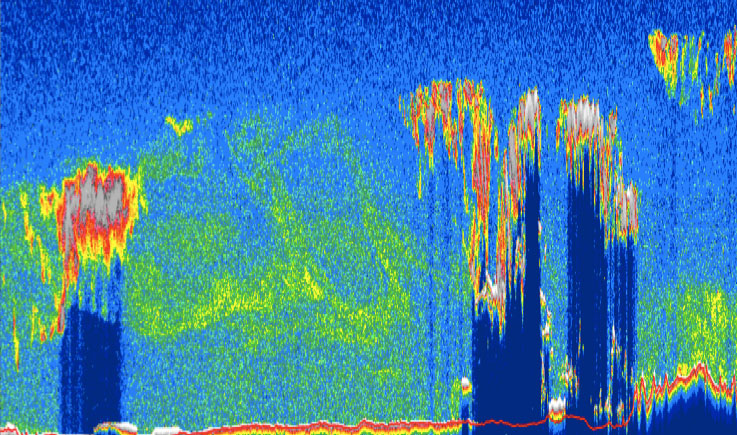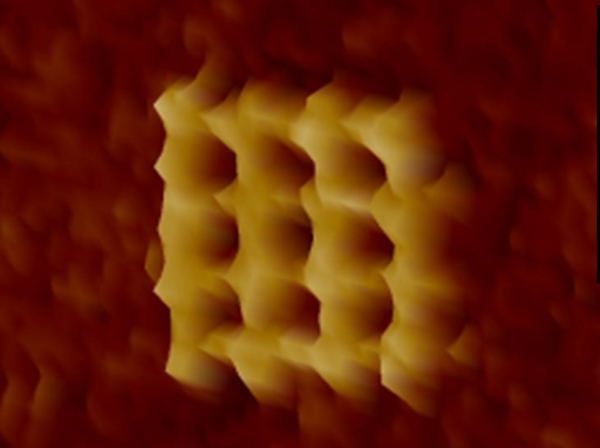
© vishay Gal-Yam; Weizmann Institute of ScienceOne theory of this new exploding system is that a white dwarf steals helium from a companion until the mass thief becomes very hot and dense and a nuclear explosion occurs. The helium is transformed into elements such as calcium and titanium, eventually producing the building blocks of life for future generations of stars.
In the past decade, robotic telescopes have turned astronomers' attention to scads of strange exploding stars, one-offs that may or may not point to new and unusual physics.
But supernova (SN) 2005E, discovered five years ago by the University of California, Berkeley's Katzman Automatic Imaging Telescope (KAIT), is one of eight known "calcium-rich supernovae" that seem to stand out as horses of a different color.
"With the sheer numbers of supernovae we're detecting, we're discovering weird ones that may represent different physical mechanisms compared with the two well-known types, or may just be variations on the standard themes," said Alex Filippenko, KAIT director and UC Berkeley professor of astronomy. "But SN 2005E was a different kind of 'bang.' It and the other calcium-rich supernovae may be a true suborder, not just one of a kind."
Filippenko is coauthor of a paper appearing in the May 20 issue of the journal
Nature describing SN 2005E and arguing that it is distinct from the two main classes of supernovae: the Type Ia supernovae, thought to be old, white dwarf stars that accrete matter from a companion until they undergo a thermonuclear explosion that blows them apart entirely; and Type Ib/c or Type II supernovae, thought to be hot, massive and short-lived stars that explode and leave behind black holes or neutron stars.


